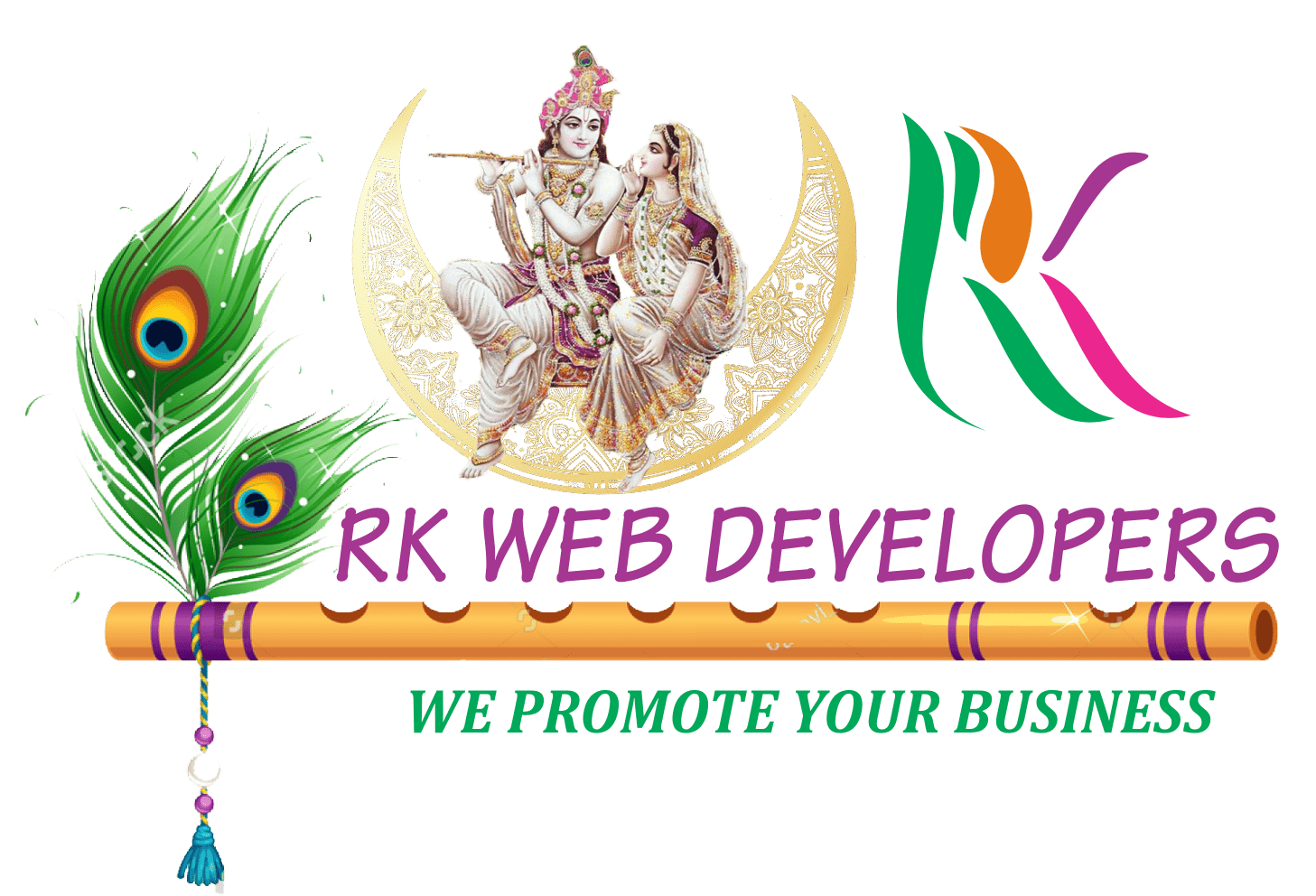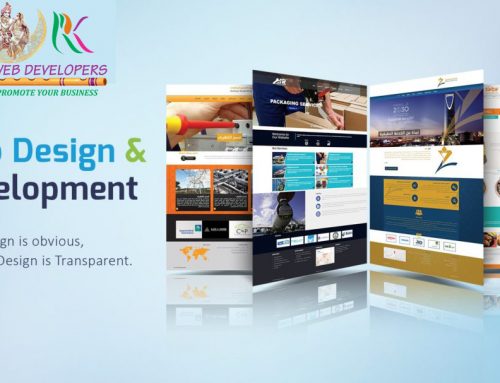Introduction: WordPress is not just a blogging platform anymore; it has transformed into a robust content management system powering millions of websites globally. Its user-friendly interface, vast array of themes and plugins, and active community make it an ideal choice for developers and website owners alike. In this comprehensive guide, we will delve deep into WordPress development, covering everything from the basics to advanced techniques, enabling you to master this powerful platform and build dynamic, feature-rich websites.
wordpress development section
Section 1 : Getting Started with WordPress Development WordPress Ecosystem: Understanding the core components, themes, plugins, and the WordPress API. Setting Up Local Development Environment: Installing WordPress locally using tools like XAMPP, MAMP, or Docker for development purposes. WordPress File Structure: Exploring the directory structure of a WordPress installation and understanding the purpose of each file and folder. Creating Your First Theme: Building a basic WordPress theme from scratch using HTML, CSS, and PHP. Child Themes: Understanding the concept of child themes and their importance in WordPress theme development for safe customization.
Section 2: Theme Development in WordPress Anatomy of a WordPress Theme: Understanding the structure of a WordPress theme, including template files, functions.php, and style.css. Responsive Design: Developing themes that adapt seamlessly to various screen sizes using CSS media queries and responsive frameworks like Bootstrap. Customizing Themes: Adding custom styles, scripts, and functionality to WordPress themes using child themes and theme customization options. Template Tags and Functions: Leveraging built-in WordPress functions and template tags to dynamically display content and optimize theme performance. Theme Best Practices: Following coding standards, optimizing images, and implementing SEO-friendly practices in WordPress theme development.
Section 3: Plugin Development Introduction to WordPress Plugins: Understanding the role of plugins in extending WordPress functionality and enhancing site features. Creating Custom Plugins: Building custom plugins to add new features, functionality, or integrations to a WordPress site. Hooks and Filters: Utilizing action hooks and filters to modify WordPress core functionality and customize plugin behavior. Database Operations: Performing CRUD operations (Create, Read, Update, Delete) on the WordPress database using the $wpdb class and SQL queries. Security and Optimization: Implementing security best practices and optimizing plugins for performance to ensure smooth operation and protection against vulnerabilities.
Section 4: Advanced WordPress Development Techniques Custom Post Types and Taxonomies: Creating custom content structures beyond posts and pages using custom post types and taxonomies. Advanced Custom Fields (ACF): Implementing custom fields and meta boxes using the Advanced Custom Fields plugin for flexible content management. AJAX in WordPress: Incorporating AJAX (Asynchronous JavaScript and XML) for dynamic content loading and interactive user experiences. Third-Party Integrations: Integrating external APIs and services into WordPress sites for enhanced functionality and data exchange. Code Optimization: Writing efficient, scalable, and maintainable code following WordPress coding standards and performance optimization techniques.
Section 5: Optimizing WordPress for Performance and Scalability Caching Strategies: Implementing caching mechanisms at various levels (browser, server, and database) to improve site performance and reduce server load. Image Optimization: Optimizing images for the web to reduce file size and improve page load times without compromising quality. Database Optimization: Cleaning up and optimizing the WordPress database by removing unnecessary data, optimizing queries, and using caching solutions. Scaling WordPress: Strategies for scaling WordPress sites to handle increased traffic, including load balancing, caching, and server optimization. Content Delivery Networks (CDNs): Leveraging CDNs to distribute static content globally and reduce server load for faster content delivery.
Section 6: Deploying and Maintaining WordPress Websites Deploying WordPress: Moving a WordPress site from a local development environment to a live server using FTP, SSH, or migration plugins. Security Measures: Implementing essential security measures, such as strong passwords, secure hosting, SSL certificates, and security plugins, to protect WordPress sites from threats. Backup and Disaster Recovery: Setting up regular backups of WordPress sites and implementing disaster recovery plans to restore them in case of data loss or website compromise. Updating WordPress: Keeping WordPress core, themes, and plugins up to date to ensure site security, stability, and compatibility with the latest versions. Monitoring and Optimization: Monitoring site performance, security, and uptime using tools like Google Analytics, uptime monitors, and security scanners, and optimizing site speed and SEO for better user experience and search engine rankings.
Conclusion: Mastering WordPress development requires dedication, continuous learning, and practical experience. By following the principles, techniques, and best practices outlined in this guide, you’ll be well-equipped to build professional-quality WordPress websites, customize them to suit specific requirements, optimize them for performance and scalability, and maintain them securely over time. Keep exploring new features, experimenting with different tools and technologies, and contributing to the vibrant WordPress community to further enhance your skills and stay ahead in the ever-evolving field of WordPress development.



Leave A Comment